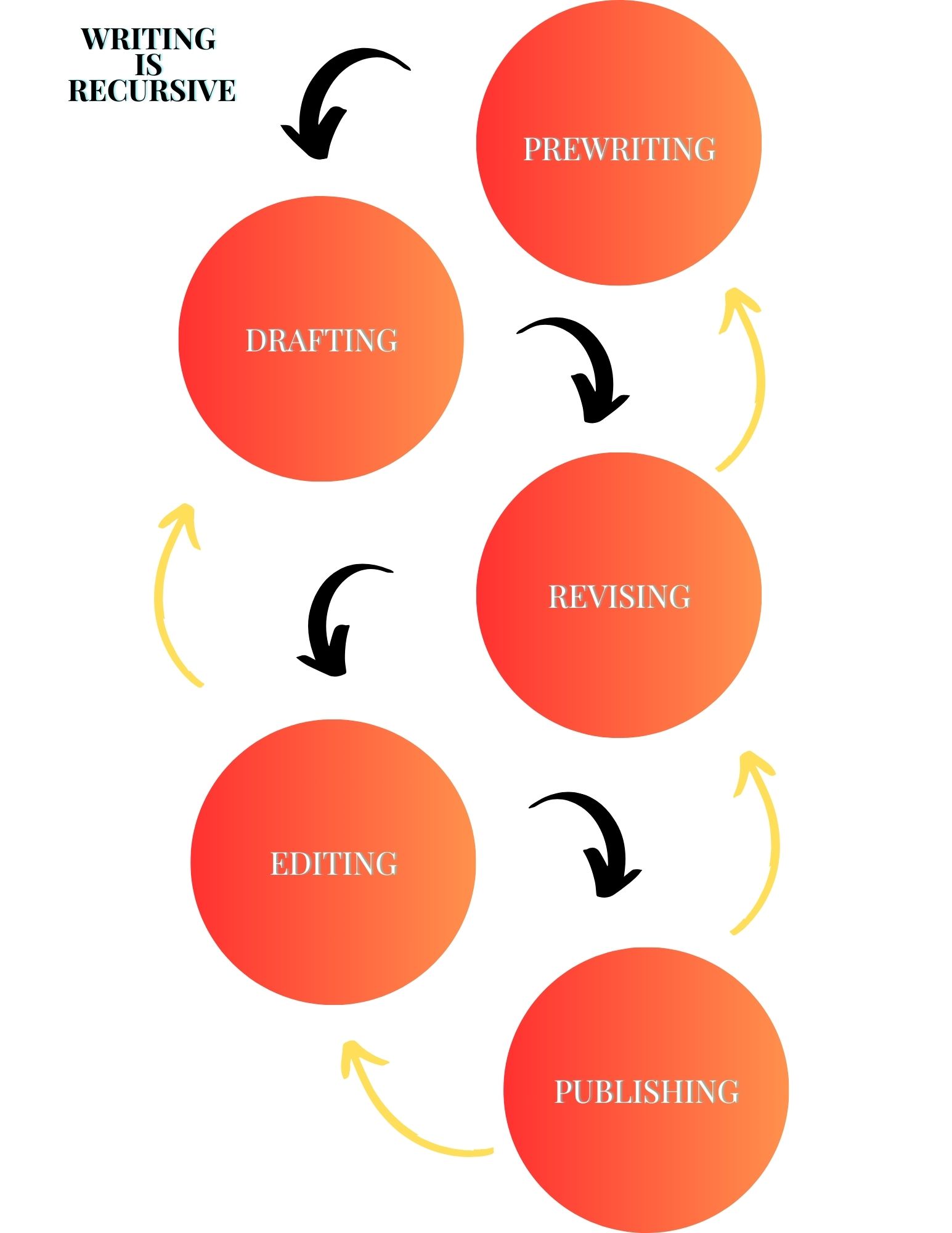“I just hope — if he does come — it won’t be some sort of horror show.” Iris Murdoch | The Message to the Planet
Imagine a small boy sitting on the beach with his parents. They are having a fun day in the sun. Suddenly, on the horizon dark clouds appear-tumultuous and heavy–and a rhino emerges from the bulging clouds of darkness. The boy is now alone on the beach as the rhino charges straight toward him. Before he can claim him, the boy wakes alone in an an abusive world and an old house with his terrible aunts, and realizes that his parents are gone for good. While there is no rhino, he still feels miserable and scared for his existence.
The above narrative is a summary taken from Roald Dahl’s novel James and the Giant Peach, a story about a boy who loses his parents and goes on a magical adventure into the realms of fantasy and make-believe. The introduction of the story features a great deal of foreshadowing as it not only tells us what to expect in the next few chapters but the dangers that will happen later in the story.
Today on the blog, we are going to examine foreshadowing by defining it, analyzing how it is different from another similar and different from another narrative device, and then we will look at some tips and tricks for implementing it into your own writing.
What is foreshadowing?
Foreshadowing can be described as hints or clues that inform the reader of what is to come next in the story. Some sources define foreshadowing as “Groundwork which prepares for future story elements–the planned clues in situations, events, characters, and conflicts” (Owens). In other words, it is an important consideration for writing, as “groundwork” implies the bed of the story. Foreshadowing then, is woven into the fabric of the narrative to provide hints at future events.
Additionally, other sources state that foreshadowing is, “a narrative device in which suggestions or warnings about events to come are dropped or planted” (Gottlieb). With that said, foreshadowing can be up front and in our faces or it can be hiding in the background of character’s actions and details in setting.
Lastly, foreshadowing is largely a symbolic idea, in which one thing stands for something else. For example, a rainy day at the beginning of a story could tell the reader that it’s going to be a dreary day for the protagonist. The rain symbolizes ennui and sadness. Additionally, objects, such as a broken lamp in an couple’s apartment, could cue the reader in on the dysfunctional relationship between the pair. A broken lamp may just be a symbol that something in the character’s lives is amiss.
How does foreshadowing relate to “Checkhov’s gun”?
It should be noted that there is a technique in narrative writing called “Checkhov’s gun,” which was coined by Anton Checkhov in an 1889 letter to playwright Aleksandr Lazarev. The technique was summed up by Checkhov as follows: “One must not put a loaded rifle on the stage if no one is thinking of firing it.” Technically speaking, this means you can not reference a gun in the first part of a story and then not reintroduce that gun later in the story, as it begs the question: why was it introduced in the first place?
Such a query is merely trying to make sense of the difference between inconsequential details and important details in a story. While this idea has been criticized by the likes of Ernest Hemingway and other writers, the technique really boils down to the relevant details authors present to readers in order to tell a story.
Therefore, if foreshadowing is giving hints and clues as to how the story will unfold (good, bad, or inconsequential) in a grandiose way, then Checkhov’s gun is a microcosm of the foreshadowing effect but drawn with a fine-tipped pen. For instance, having a loaded gun present in the first chapter of your story will pay off later because somebody will eventually use the gun for whatever purpose. While it can certainly be argued that both “Checkhov’s gun” and foreshadowing are one in the same, it doesn’t hurt to look at Checkhov’s technique as being a more specific approach.
Examples
As mentioned, the beginning of James and the Giant Peach by Roald Dahl is a great example of foreshadowing, as it uses a thunderous rhino to let the reader know that James’s life is going to be tumultuous and dangerous. In the story, James travels from his aunts’ abusive home and onto a Giant Peach where he encounters many difficult obstacles before finding the true meaning of family.
Moreover, on the blog, we read The Wizard of Oz by L. Frank Baum, in which a young girl, Dorothy, is swept away to the land of Oz by a huge tornado. The tornado could be symbolic of events yet to come, as her life literally becomes a whirlwind adventure through many fantastical lands.
Finally, we also read A Connecticut Yankee in King Arthur’s Court by Mark Twain on the blog. In the story, our protagonist, Hank Morgan, laments the power of the church throughout the story, and lets us know he is afraid of the clout the church wields over superstitious folk. At the end of the novel, the church amasses a great army to destroy Hank Morgan and the remnants of Camelot.
Using foreshadowing in our writing
When planning foreshadowing in your writing, there are a couple of ways to go about it:
- As you draft, you can choose places to foreshadow ideas. For instance, if you plotted out act breaks in your story, you can think about the best places to foreshadow upcoming events. As such, you have deliberate payoff when those symbols are realized.
- Foreshadowing can also work as a great revision tactic. As you go back through your story (knowing the full scope of the narrative at this point) you can plot and add little hints of what is to come later. This approach asks the writer to have a fully realized understanding of their characters, the setting, and the plot.
Conclusion
To review, foreshadowing is a narrative technique in which we us clues to tell the reader what is to come in their writing. It can be subtle, or it can be a very obvious cue to let the reader know that something good, bad, or plot related is going to happen in your story. Additionally, you can use foreshadowing elements as you write or you can go back through your finished piece and sprinkle hints throughout. With that said, foreshadowing helps drive plot forward and gives satisfying conclusions to your themes and action.
Works Cited
Golttlieb, Evan. “What is Foreshadowing?” Oregon State University. Web. https://liberalarts.oregonstate.edu/wlf/what-foreshadowing
“Literary Elements: Foreshadowing.” B.D. Owens Library. “https://libguides.nwmissouri.edu/LitElem/Foreshadowing







